Nanoformulation Technology for Biologics
Inquiry
The advancement of nanotechnology has led to the creation of nanoformulations for biologics like proteins, peptides, nucleic acids, and enzymes, opening up new possibilities in various biological areas. CD Formulation specializes in researching nanoformulation technology for biologics and is dedicated to discovering more advanced and appropriate nanoformulation technologies for this purpose. We offer the development of biological nanoformulations tailored to meet customers' diverse requirements, leveraging our expertise in nanoformulation technology.
Benefits of Nanoformulation Technology for Biologics
Nanoformulations have numerous benefits in treating diseases, such as precise delivery, minimal toxicity, and bioactivity that are ideal for loading drugs. As a result, biologics utilizing nanoformulation technology have demonstrated notable advantages in delivering drugs and treating diseases.
- Nanoformulation technology enables biopharmaceuticals to overcome mucosal and systemic barriers.
- Tailored delivery vehicles enable systemic absorption of biomacromolecules via the oral/nasal cavity.
- Nanovaccines enable protection against both classic and emerging diseases.
- The synthesized nanocarriers require further surface modification, and the size, surface charge, hydrophilicity, biocompatibility, degradability, and toxicity of the carriers can be changed through surface engineering and bioconjugation, so that the functionally modified nanocarriers can play a better role.
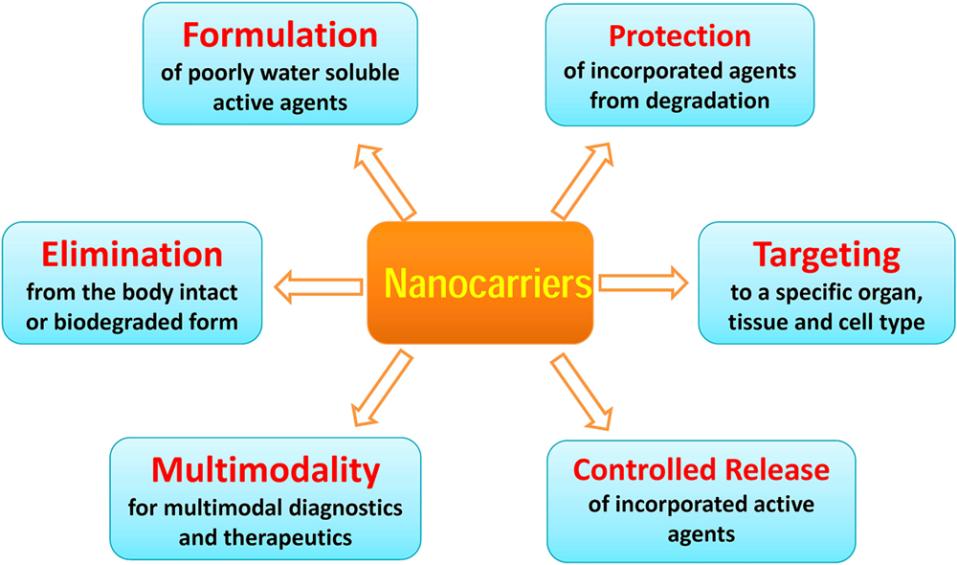 Fig.1 Advantages of nanocarrier formulations in medicine. (Guanying Chen, et al. 2016)
Fig.1 Advantages of nanocarrier formulations in medicine. (Guanying Chen, et al. 2016)
Applications of Nanoformulation Technology in Biologics
The applications of biologics based on nanotechnology in basic diagnostics and therapy include bioimaging, biosensing, controlled release of drugs, photodynamic therapy, photothermal therapy, magnetic therapy, antibacterial therapy, gene therapy, and nanotoxicity.
Nanotechnology-based Biologics for Disease Diagnostics
Biomedical imaging is an important method for disease diagnostics. Nanocarriers have excellent optical, magnetic, and radioactive properties, so they can be well used in the early detection, screening, and diagnosis of cancer, and provide guidance for treatment. According to the characteristics of nanocarriers and the purpose of diagnosis, they can be divided into several categories, such as optical imaging, nuclear magnetic resonance imaging, radionuclide imaging (PET, SPECT), CT imaging, and multimodal imaging.
Optical imaging uses optical processes such as light scattering, light absorption, and photoluminescence (fluorescence, phosphorescence) to provide optical contrast information, including fluorescence imaging, phosphorescence imaging, photoacoustic imaging, multiphoton imaging, second harmonic imaging, coherent anti-Stokes Raman imaging, and upconversion imaging.
Nanotechnology-based Biologics for Disease Therapy
Disease therapy (especially tumor) is an important application of nanomaterials in biomedicine. Functionalized nanomaterials as carriers can achieve targeted drug transport and controlled release, so as to achieve better drug efficacy. The composite structure composed of surface-modified nanomaterials loaded with photosensitizers, photothermal agents, chemotherapy drugs, magnetic materials, and genes can also be well applied to photodynamic therapy, photothermal therapy, chemotherapy, magnetic therapy, antibacterial therapy, and gene therapy. It can be seen that nanomaterials have great potential in disease treatment.
 Fig.2 Schematic illustration of the scope of general nanotherapies. (Guanying Chen, et al. 2016)
Fig.2 Schematic illustration of the scope of general nanotherapies. (Guanying Chen, et al. 2016)
Our Nanoformulation Technologies for Biologics
CD Formulation is committed to exploring and researching innovative nanoformulation technologies for biologics, including but not limited to nanobody technology, oligonucleotide drug delivery technology, mRNA delivery technology, cell membrane biomimetic nanotechnology and gene therapy drug delivery systems for biologics.
Explore Our Nanochemistry Approaches for Preparing Nanocarriers
We have two methods for creating nanoparticles, such as top-down and bottom-up. In the top-down method, we shrink bulk materials to the nanoscale using physical and chemical techniques. The bottom-up method involves creating nanomaterials by reacting atoms and molecules in a controlled synthetic setting. Our specific nanochemistry approaches for preparing nanocarriers are as follows.
Hot Colloidal Chemistry
We generally use hot colloidal nanochemistry to synthesize various inorganic nanoparticles, including semiconductor quantum dots, magnetic nanoparticles, plasmonic metal or alloy metal nanoparticles, self-doped plasmonic or alloy semiconductors, plasmonic transparent conductor nanoparticles, and lanthanide-doped multicolor upconversion nanoparticles.
Microemulsion Chemistry
With the help of appropriate surfactants, we can use this method to prepare noble metal nanoparticles (Pd, Au, Ag), bimetallic nanoparticles (Au/Pt), semiconductor nanoparticles (ZnS, PbS, and CdS), silicon-coated nanoparticles, triplet−triplet annihilation upconversion nanoparticles, etc.
Organic Chemical Synthesis of Dendrimers
Dendrimers are hyperbranched polymeric nanocarriers for nanomedicine. We have developed two chemical approaches to synthesize dendrimers, namely the divergent approach and the polymeric approach.
Reprecipitation Method
In the reprecipitation method, we inject the drug into an aqueous phase dissolved in a semi-polar solvent such as DMSO. When it comes into contact with water, the drug molecules self-assemble and precipitate from the mixed solvent to reduce the free energy of the system, resulting in pure nanocrystals that are stably dispersed in water.
Self-Assembly
This method is the process of forming self-assembled nanostructures such as liposomes and polymeric micelles in aqueous solutions.
Seed-Mediated Synthesis
We can utilize the seed-mediated approach to fabricate anisotropic metallic structures as well as hierarchical epitaxial core/shell structures such as monodisperse gold nanorods.
Biosynthesis
We can exploit intracellular biosynthesis using enzymatic machinery within cells to prepare nanoparticles with new properties, such as cadmium sulfide quantum dots.
Highlights of Our Nanoformulation Technologies
- With the support of our advanced nanotechnologies, we can customize high-quality biologics (such as nanobody) according to customers' specific requirements.
- Our technical team has rich experience in researching nanoformulation technologies, including nanobody technologies, oligonucleotide drug delivery technologies, mRNA delivery technologies, cell membrane biomimetic nanotechnologies, etc.
- We also have explored multiple nanochemistry approaches for preparing nanocarriers, such as hot colloidal chemistry, microemulsion chemistry, reprecipitation method, etc.
Nanotechnology-Driven Biologics Custom Development Services
CD Formulation specializes in creating biological formulations using nanotechnology. Our experienced technical team has conducted extensive research on biopharmaceutical delivery technology, enabling them to develop biologics for various purposes and support their clinical and commercial use. Depending on our advanced nanoformulation technologies, we can offer services for developing and customizing biological formulations including but not limited to the following:
- Nanoparticle-based Biologics
- Liposome-based Biologics
- Nanotechnology-based mRNA Vaccines
- Nanobodies
Published Data
Technology: DNA nanotechnology
Journal: Signal Transduction and Targeted Therapy
IF: 40.8
Published: 2021
Results:
The authors discussed the principles and structures of various DNA nanomaterials and outlined their applications in different biological fields. DNA, a genetic material, has been utilized in diverse scientific areas for biological purposes like tissue regeneration, disease prevention, inflammation control, bioimaging, biosensing, diagnosis, anti-tumor drug delivery, and treatment through DNA nanotechnology advancements. The rapid progress in DNA nanotechnology has led to the creation of a range of DNA nanomaterials of varying shapes and sizes that self-assemble based on Watson-Crick base pairing. These DNA materials can alter cellular behavior, including migration, proliferation, differentiation, autophagy, and anti-inflammatory responses. Certain single-stranded DNA or RNA molecules with secondary structures, known as aptamers, possess targeting capabilities, with ligands evolved through SELEX for tumor-specific diagnosis and treatment. Additionally, three-dimensional DNA nanomaterials with stable structures are being explored as drug carriers for delivering anti-tumor medications or gene therapy agents. The authors emphasized that functional DNA nanostructures are driving the advancement of DNA nanotechnology through innovative design and preparation methods, showing significant potential in biological and medical applications.
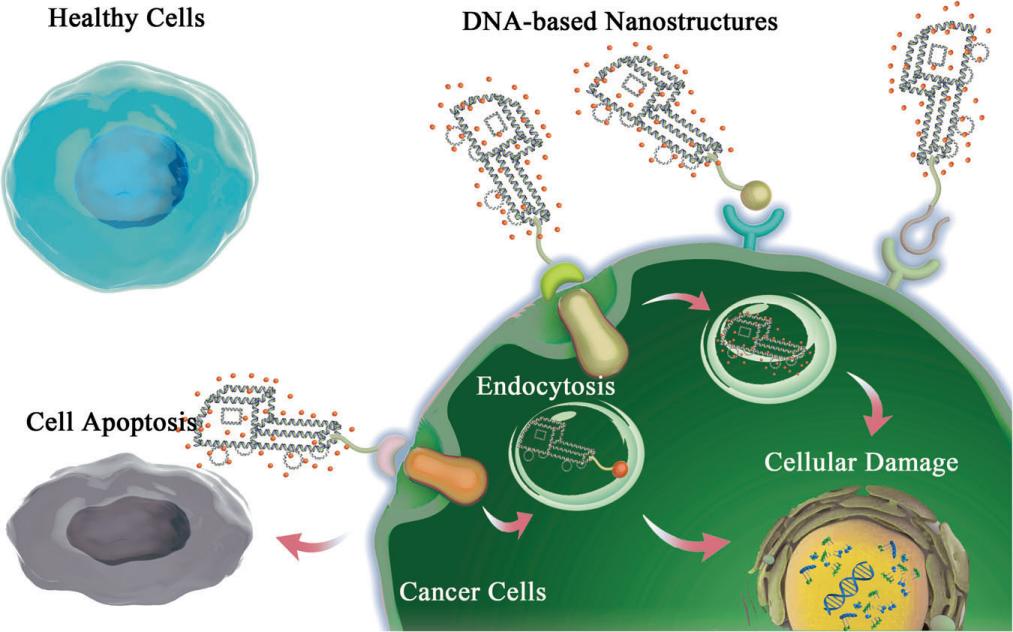 Fig.3 DNA-based nanostructures on tumor therapy by modification with drug, aptamer, or other functional ligands act various biological functions, which can bind to the target protein of cells. (Wenjuan Ma, et al. 2021)
Fig.3 DNA-based nanostructures on tumor therapy by modification with drug, aptamer, or other functional ligands act various biological functions, which can bind to the target protein of cells. (Wenjuan Ma, et al. 2021)
Nanotechnology-based biologics create targeted delivery solutions for effective treatments. At CD Formulation, we support research institutions by developing innovative nanoformulations for biologics, facilitating the progress toward clinical development and commercial applications. If you're interested in our nanoformulation technologies for biologics, please contact us.
References
- Guanying Chen, Indrajit Roy, Chunhui Yang, et al. Nanochemistry and Nanomedicine for Nanoparticle-based Diagnostics and Therapy. Chemical Review. 2016,116:2826-2885.
- Wenjuan Ma, Yuxi Zhan, Yuxin Zhang, et al. The biological applications of DNA nanomaterials: current challenges and future directions. Signal Transduction and Targeted Therapy. 2021,6:351.
How It Works
STEP 2
We'll email you to provide your quote and confirm order details if applicable.
STEP 3
Execute the project with real-time communication, and deliver the final report promptly.
Related Services


 Fig.1 Advantages of nanocarrier formulations in medicine. (Guanying Chen, et al. 2016)
Fig.1 Advantages of nanocarrier formulations in medicine. (Guanying Chen, et al. 2016) Fig.2 Schematic illustration of the scope of general nanotherapies. (Guanying Chen, et al. 2016)
Fig.2 Schematic illustration of the scope of general nanotherapies. (Guanying Chen, et al. 2016)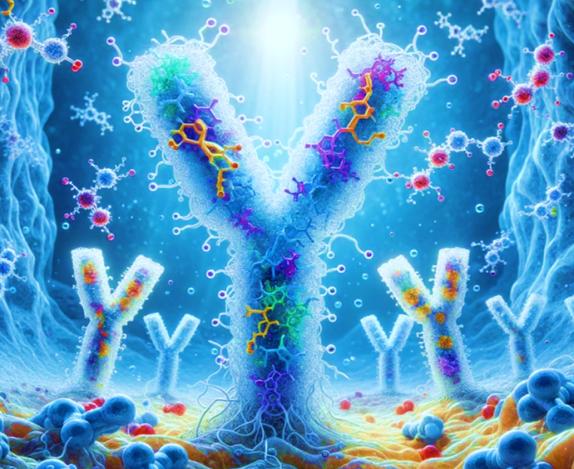
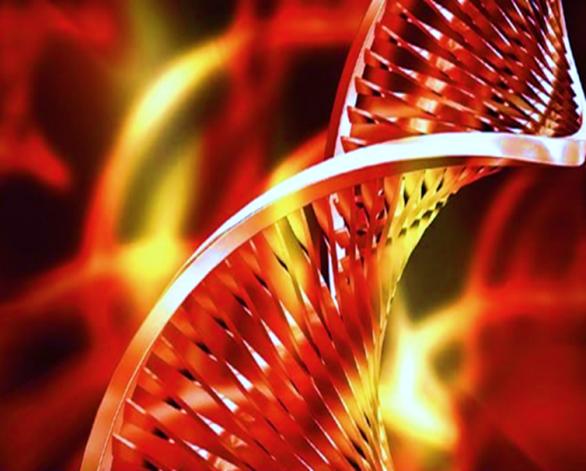
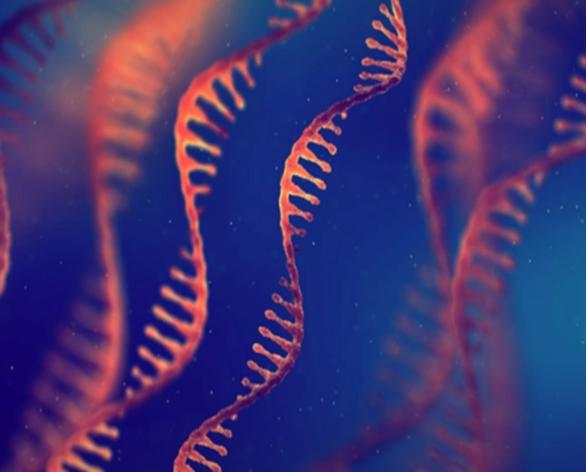
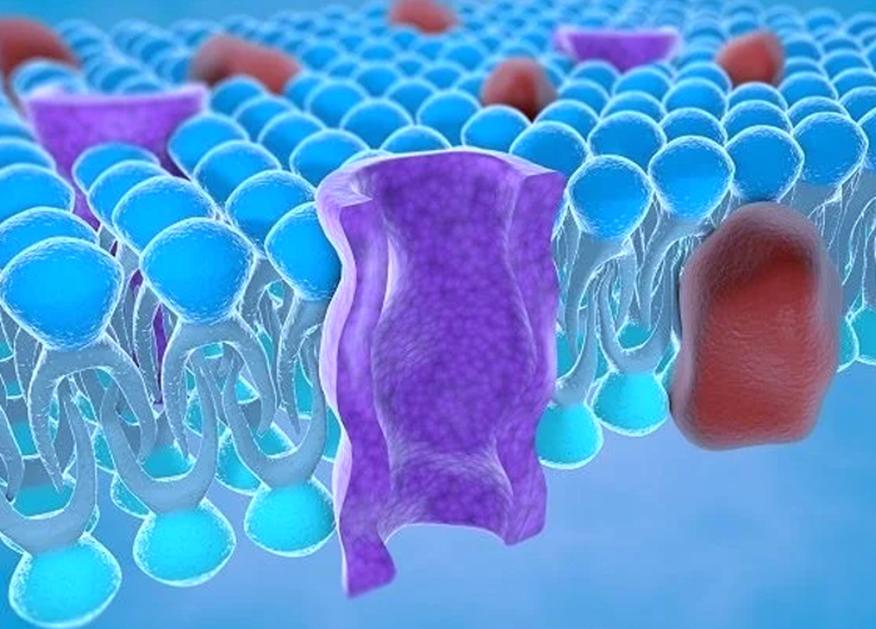
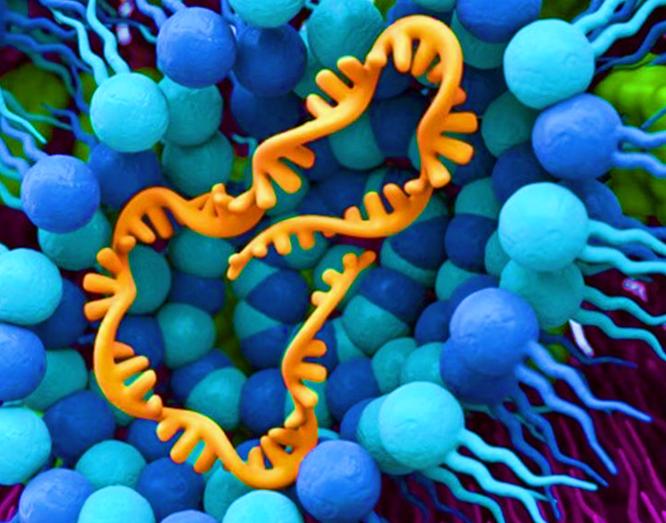
 Fig.3 DNA-based nanostructures on tumor therapy by modification with drug, aptamer, or other functional ligands act various biological functions, which can bind to the target protein of cells. (Wenjuan Ma, et al. 2021)
Fig.3 DNA-based nanostructures on tumor therapy by modification with drug, aptamer, or other functional ligands act various biological functions, which can bind to the target protein of cells. (Wenjuan Ma, et al. 2021)
